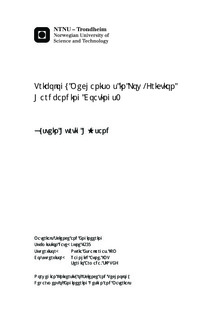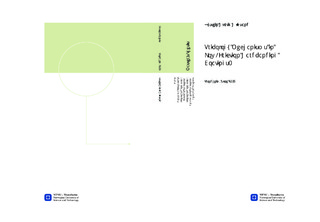| dc.description.abstract | As the shallow and easily accessible oil and gas reservoirs are becoming depleted, the oil and gas industry has turned its attention towards the deeper and more remote reservoirs. The increased drilling depth, more complex well paths and tougher drilling conditions have pushed the limits of traditional drilling methods. Longer drill strings and increased amount of rotation hours have been found to wear out the well-supporting casing tubes at alarming rates. A measure to deal with these problems have for many years been to apply wear-resistant hardbanding materials on the drill string. Hardbanding materials were in the earlier years developed by trial and error, but now a days full-scale testing is most commonly used. However, full-scale testing is expensive, difficult to control and time consuming. The aim of this master thesis has thus been to design a lab-scale hardbanding/casing wear test setup, able to reproduce already known full-scale wear mechanisms with the use of close-to-field parameters.A lab-scale pin-on-ring setup were designed and proved able to reproduce many of the wear mechanisms from the full-scale tests. Adhesive wear by galling, which is regarded as the most important wear mechanism with respect to wear rate, was found on many of the casing samples by the presence of work-hardened surface layers. Abrasive wear was most prominent at low contact pressures and at large sand quantities in the system. Fatigue wear, the third mechanism known from full-scale tests, was only present in the most brittle hardbanding samples. It was concluded that the test duration of 15 minutes was too short for this type of wear to evolve. | nb_NO |

